We’re excited to introduce you to the always interesting and insightful Rene Camarillo. We hope you’ll enjoy our conversation with Rene below.
Rene, thanks for joining us, excited to have you contributing your stories and insights. Can you tell us about a time that your work has been misunderstood? Why do you think it happened and did any interesting insights emerge from the experience?
When being prompted about my own personal reflections of being misunderstood and or mischaracterized, I have had many experiences that shaped who I am. Throughout my life, I often felt extremely misunderstood by society and peers. Being a brown queer creative, I have always had to shape-shift to survive, or to simply be able to shake the next suited hand. In a way, I had to shrink. I’ve had to be so many people, but often, I feel it can sometimes be ourselves who mischaracterizes our own selves, through imposter syndrome. I am at a point in my career where I feel I am finally shaking off the imposter syndrome. Maybe it’s a “young person thing” which is shedding as I grow older. On the flip side, as a craftsperson, I truly believe I coexist in an industry where imposter phenomenons thrive. In the age we live in, and through the false ego advancements of social media, I have noticed everyone considers themselves an “artist”. On Instagram and other social media platforms, the word “artist” can be found on almost everyone’s bio section. Social media is a reflection of our worst selves where we attempt to make love to our ego, and I have witnessed how many artists have been falsely prescribed. That’s why I have such a conflict with labeling myself as an “artist”. I felt imposter syndrome during the most significant positions in my life. I found myself often sitting with wealthy people who own grand companies. Working as an apparel product developer and meeting with people who have been on that television show “Shark Tank ” and received investments. Working with nepotism babies, getting invited to dinner events with the owner of Forever 21, and I am currently working for Grammy Award singer, Miguel as a product developer for his brand, S1C. I feel like I keep stepping into worlds where I was never able to see myself in. I constantly felt like I didn’t belong there or deserve to have a seat at their table. I have had scholarship opportunities to continue my studies, and I still feel these weird intrusive thoughts enter my mind where I feel like they granted the wrong student. Me? Born and raised in a humble working class family in East Los Angeles where most of us stay gray, recently receiving two full rides from top art schools in the nation? How? I am super proud of my work and talent which has granted me the Society of Presidential Fellowship Award (SPF) provided by Rhode Island School of Design (RISD). I will be studying Weaving and Textiles while there. The SPF scholarship which funds my entire MFA program is such a triumph, that I feel it was that moment where I needed to stop doubting myself and shed this imposter syndrome. RISD even flew me out to visit the campus, which was such a treat.
What I have come to learn is that imposter syndrome usually affects those who are people of color who have talent and are being recognized by the privileged. It is a challenge to be brave enough to sit at that assigned seat and demand both attention and respect. But the labels of artist and worker have morphed into something absurd.
In an industry where commerce and profit rule above all, capitalism and the fast fashion industry has forced the consumer to normalize the devaluation of sewing and apparel construction. Mass production has forced line work methods and assembly lines. A forced system that removes the craftsperson, and instead implements hundreds of individuals who participate in one of the many steps in line work. A way to cut expertise costs, and for the monopolizing company to save money, while making money. I continue to see how labels have completely reversed in the industry, where the “artist” is the individual who gets paid the most while the crafters who have the knowledge and skill to construct the design are simply workers in a third world country being paid unlivable wages. One of my earliest jobs was being paid three cents for every label I would sew onto a garment and five cents for every spaghetti strap I would attach while working in a sweatshop. There is a real issue with the way our current world sees and labels “artists” and “craftspeople”. I’ve worked with “designers” who don’t even know how to operate sewing machines or read a garment pattern. In my opinion, the gap between them is distinct, with wage and privilege being the most obvious. Looking out into the world, labor and the commodification of underprivileged (often immigrant) labor can be found in any factory, agricultural field, kitchen, and assembly line.
Through my artwork, I want to cross examine and expose these realities.
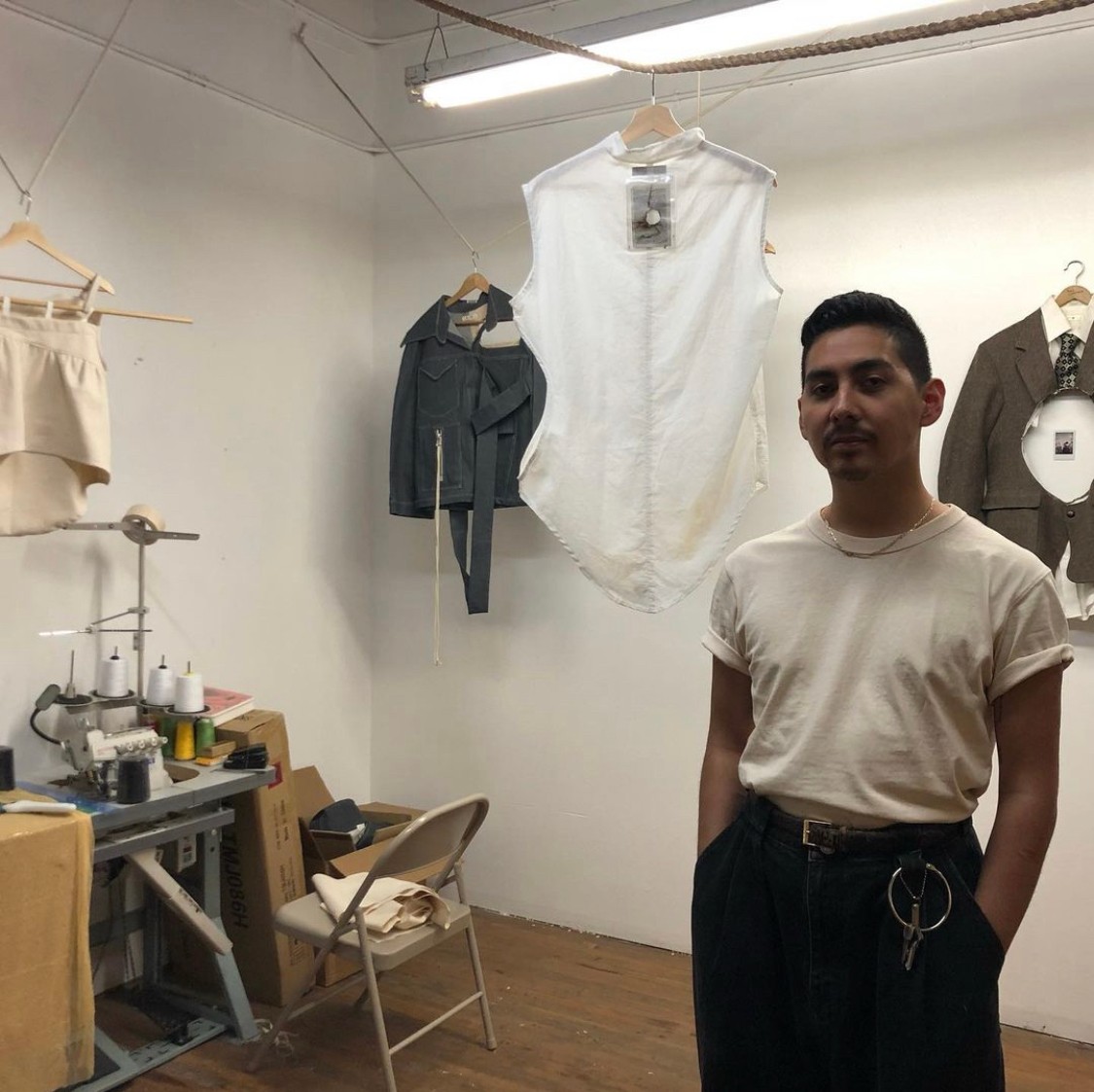

Rene, love having you share your insights with us. Before we ask you more questions, maybe you can take a moment to introduce yourself to our readers who might have missed our earlier conversations?
Well, my name is Rene Camarillo. In an industry where commerce threatens creativity, I discipline myself to produce work that often isn’t intended to be mass produced; or even intended to not be for sale. I really don’t care about selling garments seasonally. I am more invested in producing innovative and compelling artwork that challenges the consumer and causes critical thought. I am an East Los Angeles born and raised creator who produces hand crafted apparel with themes of immigration, labor, cholo silhouettes, and other personal East Los Angeles mementos. I continue to cross examine and critique social engagement of fashion fiber and materials. With storytelling collections and wearable art that investigate the prescribed narrative of the Latinx existence. I established my design label, destacarse. which is a cultural brand which investigates East Los Angeles Chicano culture, focusing on brown diaspora, street culture, and labor.
I am drawn to emerging myself in weaving and producing garments because I truly believe this art is devalued. Back then, most households had a mother or grandmother who assisted in the creation of clothes for children and family members. These days the craft is overshadowed by the fast fashion industry where one can purchase disposable cheap clothes for under ten dollars. I think there is such beauty in craft and sewing my own clothes. My past experience sees that I have the skillset to assist in all phases of product development, from sketch to developing paper patterns and constructing samples before mass production and E commerce. I sell my brand through my own website where I cut and sew all orders myself before shipping them to my customers. I am excited to study and earn an MFA in Textiles from Rhode Island School of Design so I can have the knowledge and skills to produce my own textiles and fabrics and use them for my products. Being able to craft my own textiles and materials for my garments would make me feel confident in knowing all significant stages of development. I am also eager to study furniture design and utilize hand crafted textiles for them while at RISD. I also want to produce art objects and one day live a comfortable life making a living off of my craft work. Selling apparel, textiles, furniture and objects.
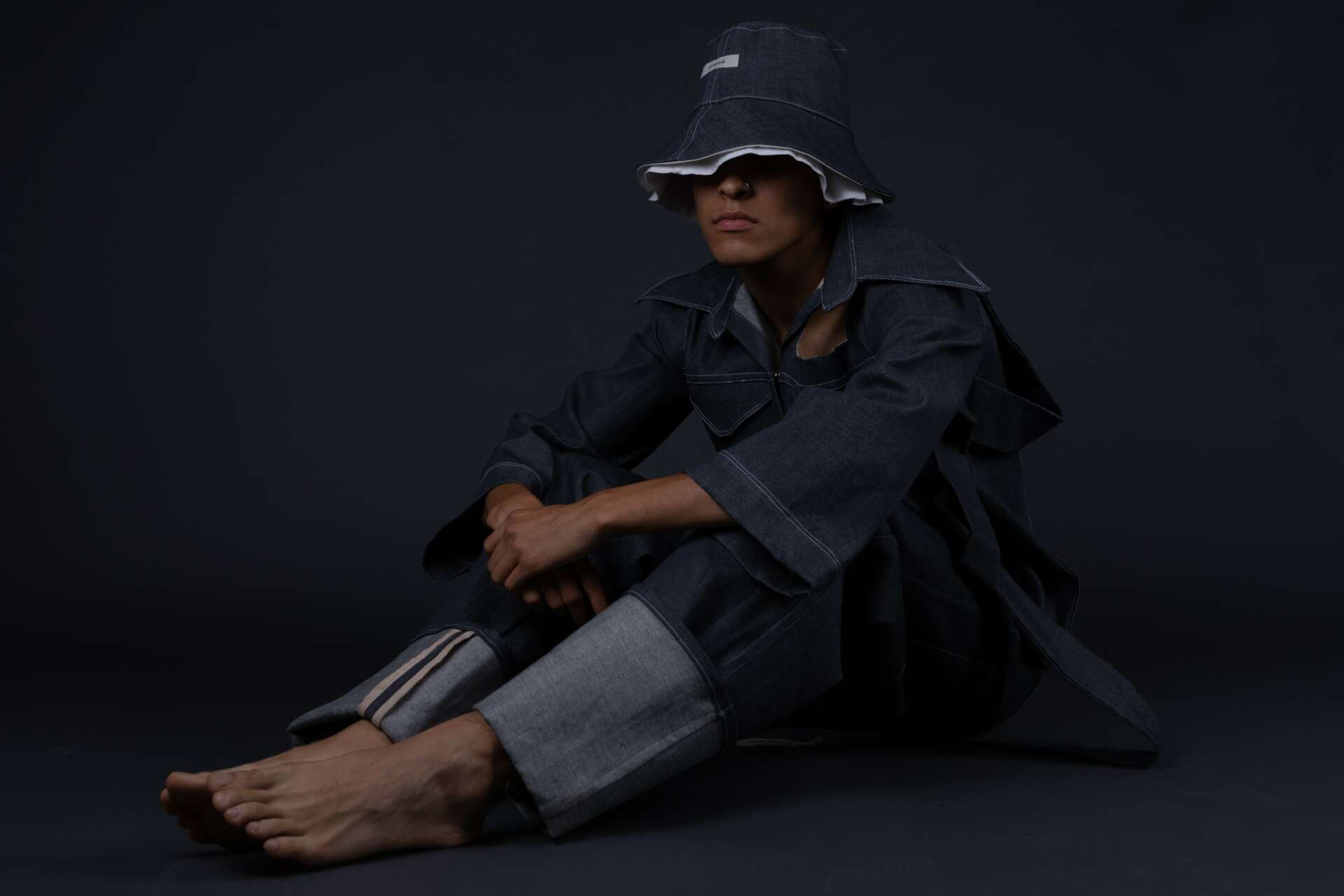
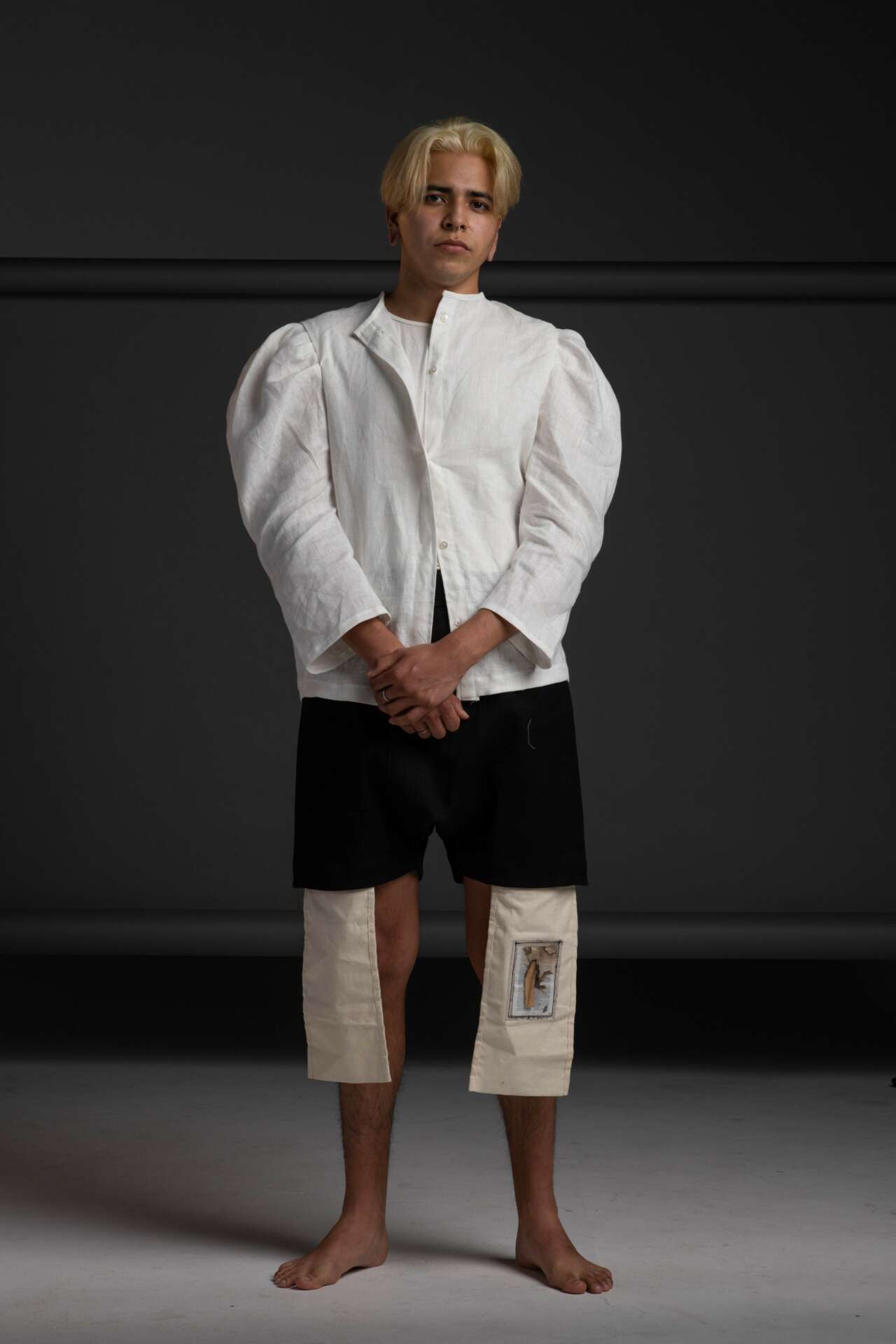
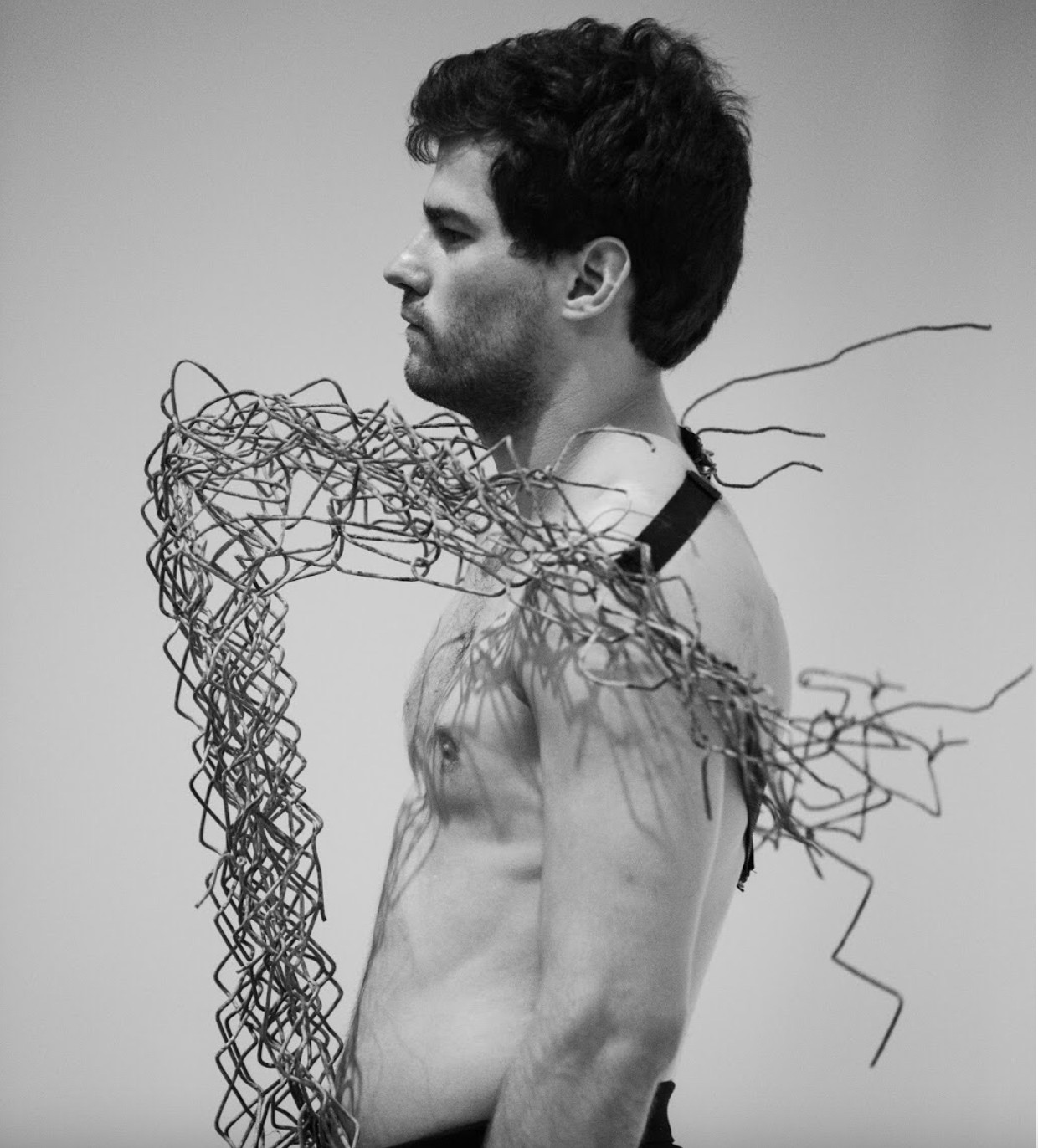
What do you find most rewarding about being a creative?
The rewarding aspect for being creative is to be able to produce my own necessities. While I was in high school, I set a goal for myself to learn how to sew and make my own apparel so that I don’t need to buy any. I feel confident in my skills where I don’t need to buy clothes. I have made myself jeans, jackets, shirts and countless other articles of clothing. I unfortunately still buy clothes once in a while because of the aesthetic, but I truly consider myself a minimalist and a luddite. Another rewarding aspect of being an artist is to be able to produce “honest art” and objects that most of the time exist for value and not for profit. During the pandemic, I made over one hundred masks and gave them out to members of my community for protection all for free. I still believe it is creatives that can shape a better world for us all. Being able to think critically is what I value most.
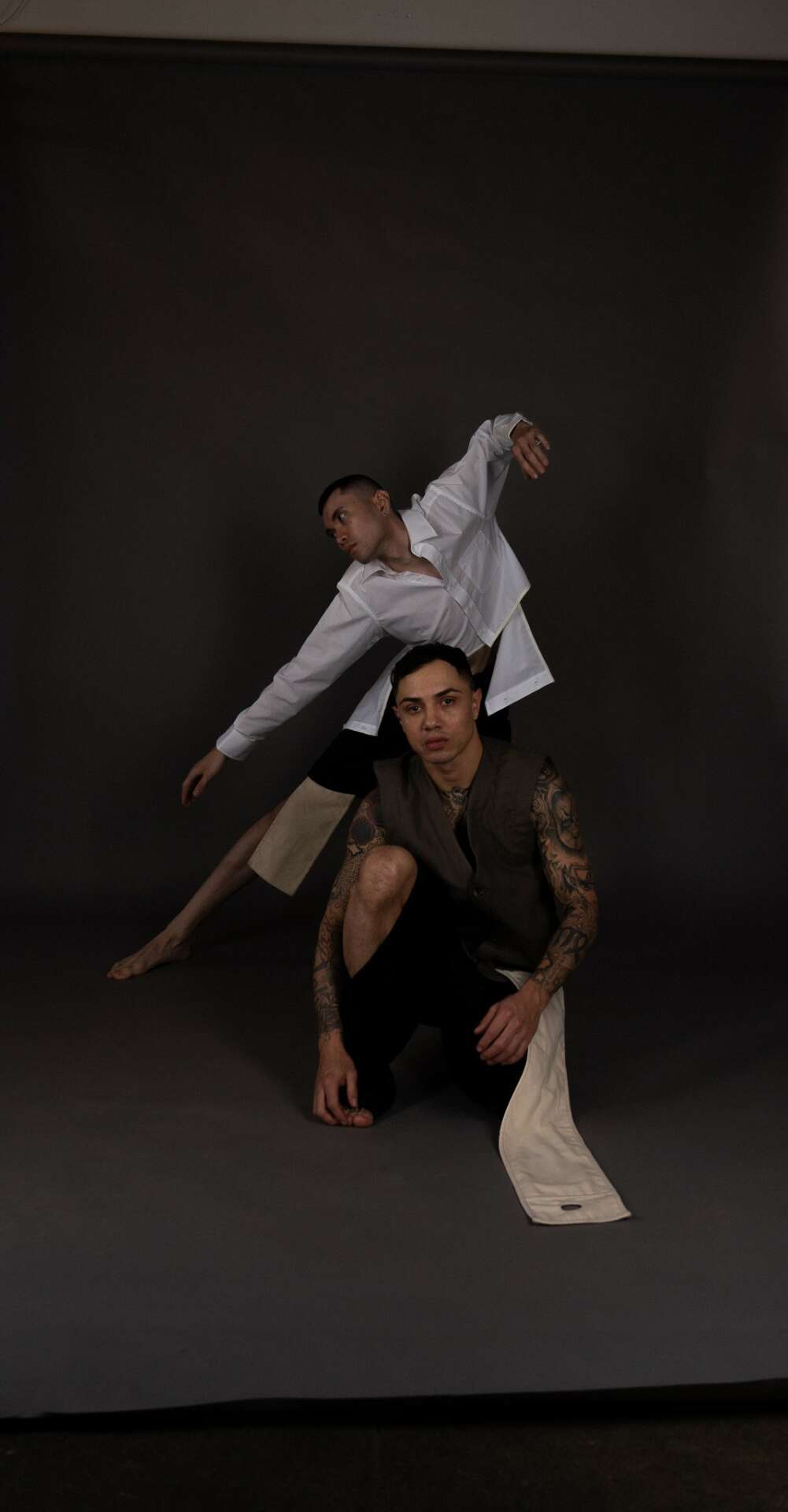

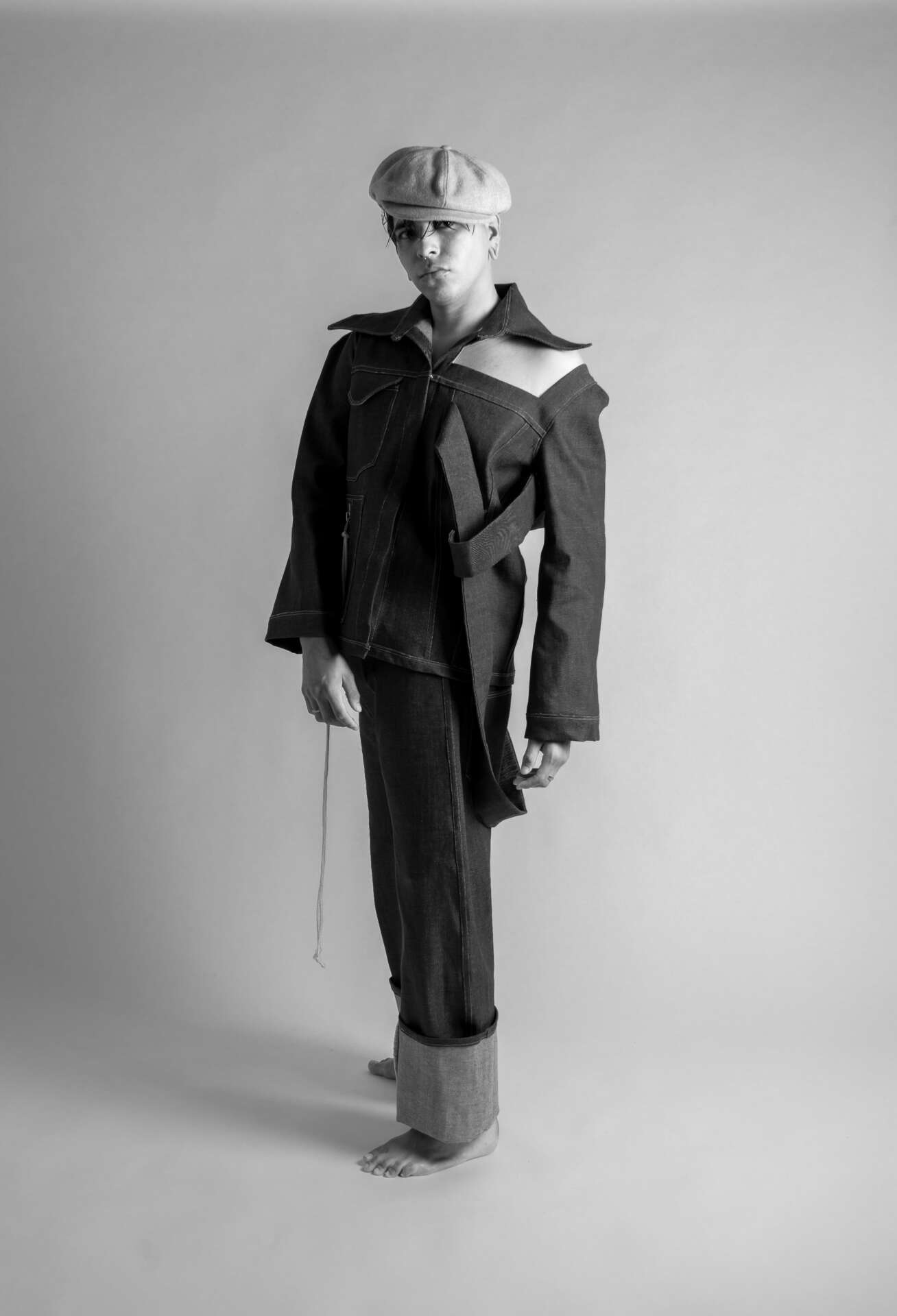
Have any books or other resources had a big impact on you?
Life isn’t about crafting a plan for entrepreneurial money. Life is about learning and creating. One book that changed my life was, こころ by なつめ そせき (Kokoro by Natsume Soseki). Please read it and enjoy the delights of life. I wish you all the very best.
Contact Info:
- Website: https://destacarse.shop/
- Instagram: https://www.instagram.com/destacarse.designs/?hl=en
- Linkedin: https://www.linkedin.com/in/rene-camarillo-481b09224/
- Youtube: https://www.youtube.com/@destacarsedesigns3619
Image Credits
Casey Orazco, Steve Lucero, Corey Pemberton


